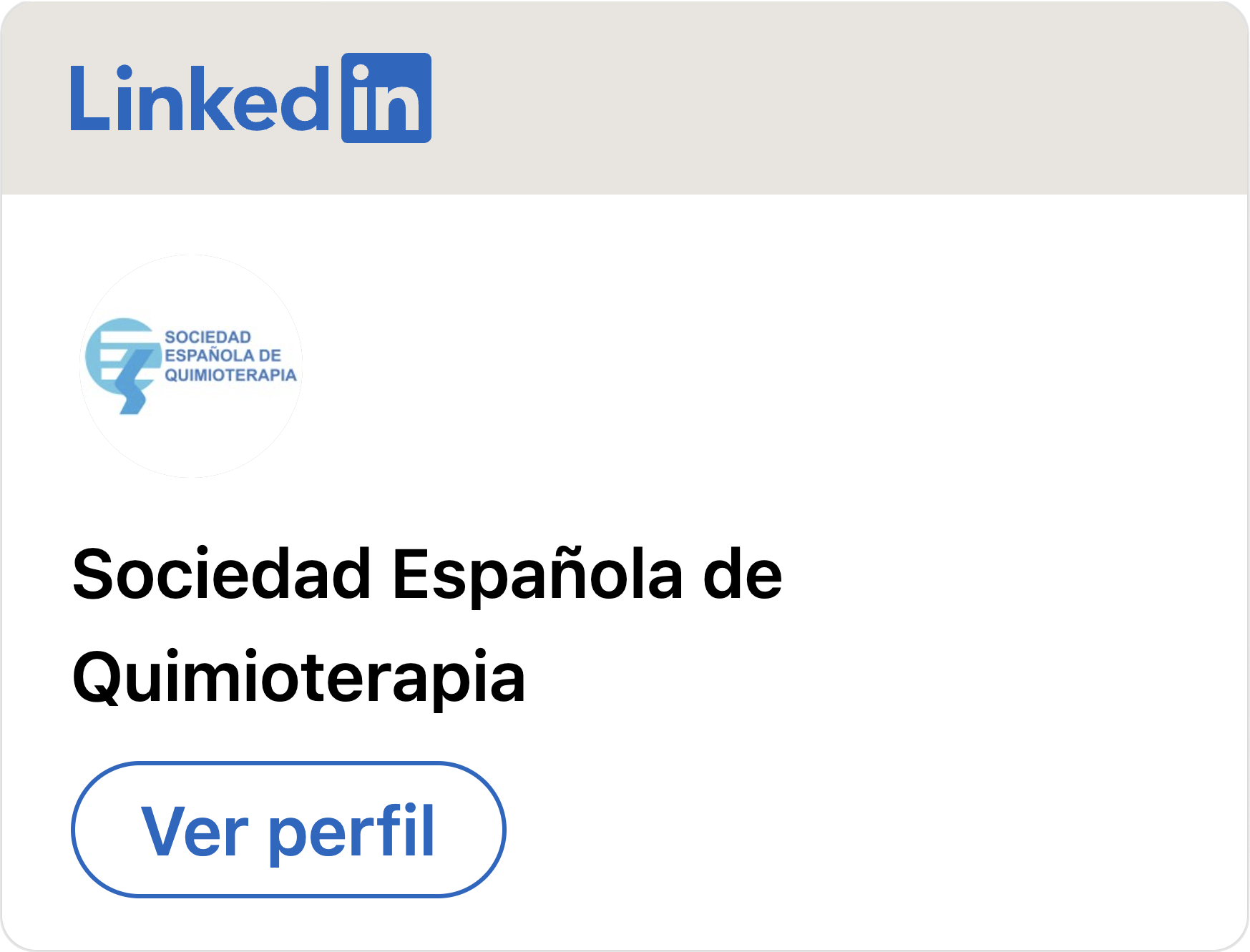Rev Esp Quimioter 2023; 36(5): 486-491
Antimicrobial stewardship program in urinary tract infections due to multiresistant strains in the emergency department
JESUS RUIZ-RAMOS, SERGIO HERRERA-MATEO, MARÍA ALBA RIVERA-MARTÍNEZ, ÁLVARO ELOY MONJE-LÓPEZ, HÉCTOR HERNÁNDEZ-ONTIVEROS, CELSO SOARES PEREIA-BATISTA, YOLEIDYS MILAGROS MARTINEZ-YSASIS, MIREIA PUIG-CAMPMANY
Published: 17 July 2023
http://www.doi.org/10.37201/req/009.2023
Introduction. Urinary tract infections (UTI) are a frequent reason for attendance at emergency department (ED). The present study evaluates the impact of a multidisciplinary program for the optimization of antibiotic therapy in patients with UTI caused by multi-drug resistant bacteria treated from the hospital ED.
Material and methods. Descriptive study of the implementation of a program in which emergency, microbiology and pharmacy departments participated. Antibiotic treatment of the patients who consulted the ED with positive urine cultures caused by multidrug-resistant bacteria was reviewed upon discharge. In those patients with inappropriate treatment, doctors and/or pharmacists of the next level of healthcare or patients in the case of home discharge were contacted. The impact of the program was evaluated based on new visits to the ED at 30 days after discharge, compared with the results obtained from the usual practice three months prior the intervention.
Results. During the first year, 2,474 urine cultures of patients with UTI were reviewed, 533 (21.7%) were caused by multidrug-resistant bacteria. Empirical treatment was inappropriate in 287 (53.4%), making treatment modifications in 243 of them. 73 (19.3%) patients returned to the ED 30 days after discharge, being lower than the results obtained in the three months prior intervention (27.9%; p=0.031), without significant differences in new visits associated with UTI.
Conclusion. The implementation of a multidisciplinary program focused on multidrug resistant UTI at discharge form ED correct antibiotic therapy in a large number of patients, being a potentially tool to reduce the number of new ED visits.
Rev Esp Quimioter 2023; 36(5): 486-491 [Texto completo PDF]

